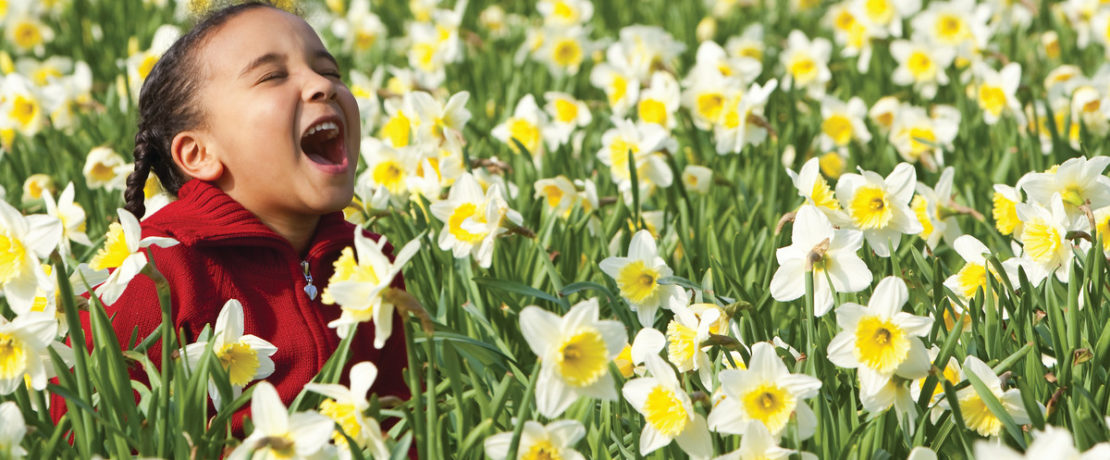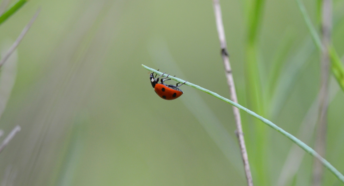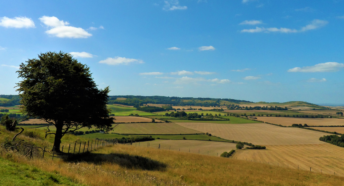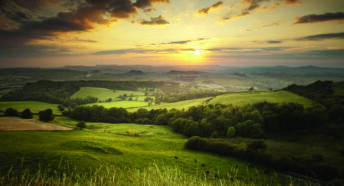A countryside walk in March
This month sees the spring equinox, the moment when we start getting more daylight hours than dark: the time when the natural world really starts to wake up.
If you made it out for a stroll or two in February, I hope you came across some of the things we mentioned in this article. Do share any other discoveries with us too, because there are of course differences in nature’s timings up and down the country. You can share your images and videos with us on Facebook, Twitter or Instagram.
But, now we’re into March we really start to see the natural world get going. The sap is starting to rise in the trees, insects are emerging and plenty of flowers are going to come into bloom. A stroll in the countryside or in your local green space is great for wellbeing, so keep reading to find out what you might spot!
A buzz in the air
They’re often not hard to miss, but keep an eye out for large, slightly sleepy bumblebees in March. These are the queens, emerging from hibernation and looking for somewhere to nest. Queen bumblebees are in desperate need of energy, and will be actively seeking out sources of nectar. So, you might find them foraging at crocuses, snowdrops, winter flowering heather, cherry blossom, or lesser celandine.
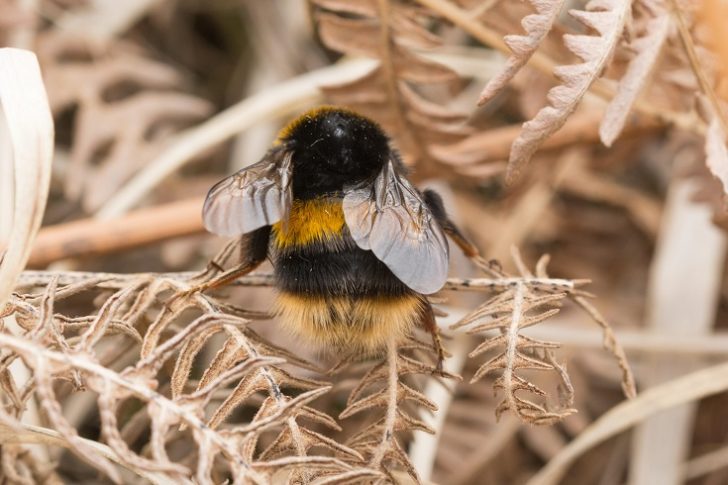
If you see a bumblebee that has been stationary for over an hour or so, it might need an energy boost. Try to move it to a bee-friendly flower, or if there aren’t any nearby, you can feed it a drop of sugar solution (50/50 sugar and water).
Bumblebees nest in all kinds of places, from holes in the ground (sometimes deserted rodent nests), to thickets of grass, to wall cavities and old bird nest boxes.
A flurry of blooms
If we’re lucky, March can be a real sweet spot in the countryside when it comes to flowers. This is because we’re not only treated to newly flowered plants, but in some cases crocuses, snowdrops and daffodils are still going strong.
So what else is there to look out for? Along hedgerows, look out for sprays of creamy white flowers you might even smell before you see. This may well be blackthorn, and its scent is sweet and floral. Seen naturally in woodland and scrubland, blackthorn is also used as a hedging plant and produces sloe berries in autumn, which many birds are very fond of (as are we – it makes a lovely gin!).
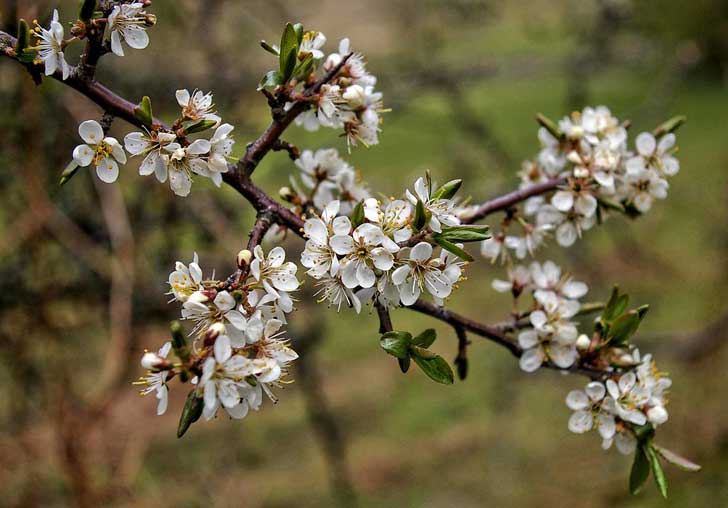
You might also spot little splashes of light purple along hedge banks and even in your own garden if you have one – this might be either sweet, early or common dog violet. They have beautiful, delicate blooms.
Finally, and among other things, have a stroll in your local woodland and you might find wood anemone, a native creeping plant with white flowers, as well as lesser celandine, which grows profusely in vibrant yellow. You might also see (or smell) the leaves of wild garlic – but more on that next month!
More birds join the chorus
March is the time of the spring equinox, and also a time where we change our clocks (remember – spring forward). In the short term, this makes mornings darker but evenings much lighter. Overall however, daylight hours are increasing rapidly, and so is bird activity – in gardens, parks, woodland and open countryside.
This month, you’ll almost certainly hear the beautiful, flute-like song of the blackbird (it’s thought that they often sing after rain has fallen). This is accompanied by a host of other garden favourites, like sparrows, robins, tits, dunnocks and wrens.
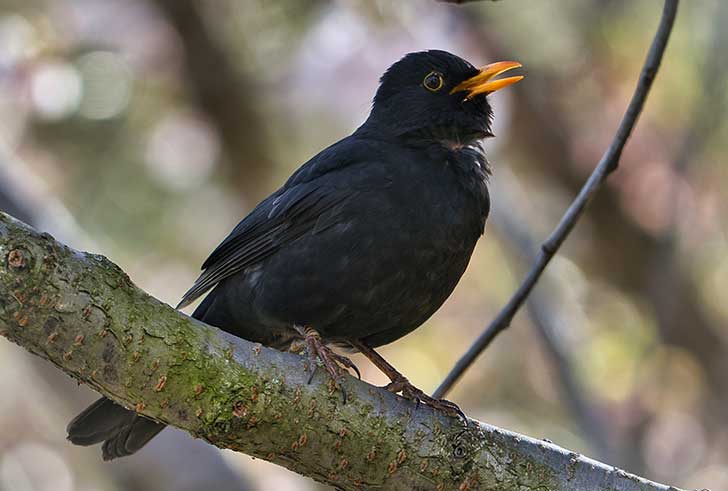
If you didn’t catch the vibrant and tuneful call of a song thrush last month, listen out for it now. You can usually tell it’s a song thrush because of its phrases – if you’re hearing a lot of repetition, it’s likely a song thrush. Look for them high up in trees.
Another delightful bird to listen out for in gardens, woodland, countryside and green spaces is the chiffchaff. This is a small, olive/brown warbler that you’ll hear before you see, with its distinct chiff-chaff-chiff-chaff chirp.
Brilliant butterflies emerge
See a delicate flitting of wings in the corner of your eyes? It might not be your imagination. In fact, it could be a butterfly emerging from hibernation.
A range of butterflies overwinter in the UK as adults, meaning that on warm, early spring days, you’re likely to see them on the wing and looking for food. Butterflies to look out for include the brimstone, tortoiseshell and peacock – but there may be others, too!
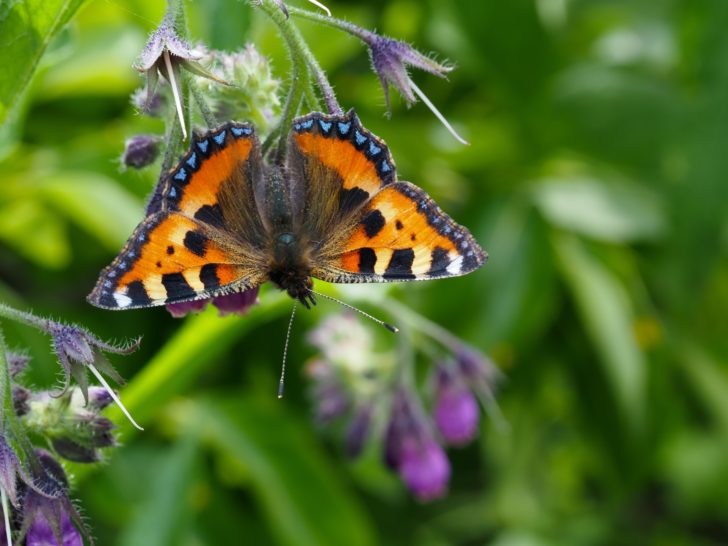
Butterflies are an iconic and important part of our environment, whether in the countryside, parkland or gardens. But, numbers are declining. So, if you do spot a butterfly (or several) in March, consider recording it with Butterfly Conservation.
The low, winter light
March is one of our last opportunities to make the most of the low sunlight that is so characteristic of winter. It might sound strange, but taking note of these things can really help give us a sense of time and place – and appreciate the little things.
This kind of light is so special because it’s fleeting; and it has a huge impact on how we see the world, and how things appear. On a clear March morning, take stock of the way that the sun catches buildings and flowers, and enjoy the deep, stretched morning shadows.
Because the sun is so low during winter, it also catches the eye in a much more direct way. It’s a concentrated, bright white light. This can make for really atmospheric walks, particularly early morning, when this intense low light pierces through mist, or is reflected off morning dew.
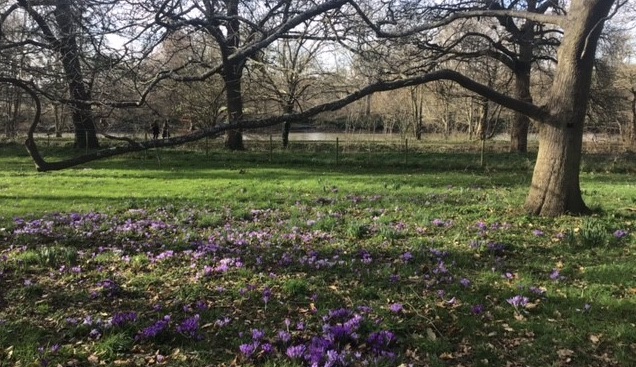
That’s it for this month, but remember, this isn’t an exhaustive list. We always welcome photos and videos as you explore your countryside and green spaces.
Want more seasonal content? Members receive our award-winning magazine three times a year with even more countryside content. Become a member now and support everything we do.
Happy wandering!
